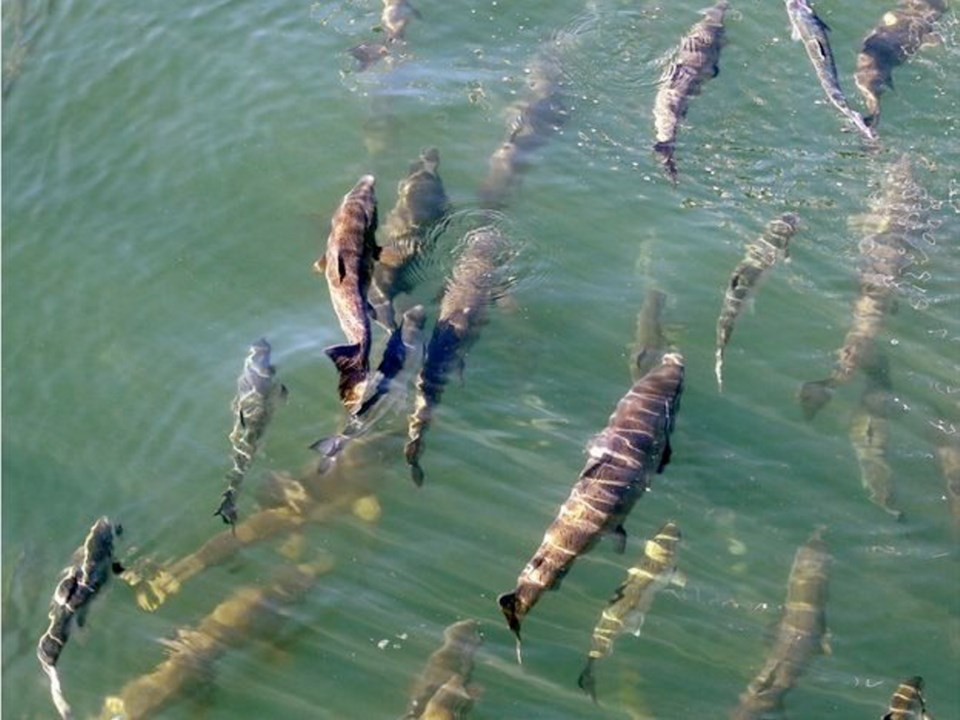The blob, which is a popular term for a huge patch of warmer-than-normal water in the northern Pacific Ocean, has returned off the B.C. coast.
It’s a phenomenon that started showing up in 2013 and has been appearing off-and-on since then, said Armel Castellan, a meteorologist with Environment and Climate Change Canada.
Castellan said the blob, which covers about 2,000 kilometres, has returned after stagnant and unseasonably warm weather this summer and fall.
“It’s not that the ocean is warm, it’s that it’s warmer than normal,” he said, adding that the large, resilient ridges of warm weather deflect Pacific storms, so without wind mixing the water, the sun heats up the surface, usually more than 2 C warmer than normal.
Castellan said the blob typically occurs when the weather is stagnant. Next week, stormy weather is expected to return to the B.C. coast, which could help mix up and cool down the water. Though he cautioned changes usually happen over weeks or months.
How long the blob will last before the water cools down again will depend on the weather patterns through the winter, said Castellan.
He noted that a weak El Nino is moving in, so there is a good chance that the temperature will average above normal through December.
The blob is thought to be responsible for changes in the marine ecosystem, such as fish declines and whales not having enough nutrition.
In 2017, the poor salmon returns to the Fraser River were thought to be linked to the blob, which researchers also refer to as a coastal marine heat wave.
— With a file from Larry Pynn



